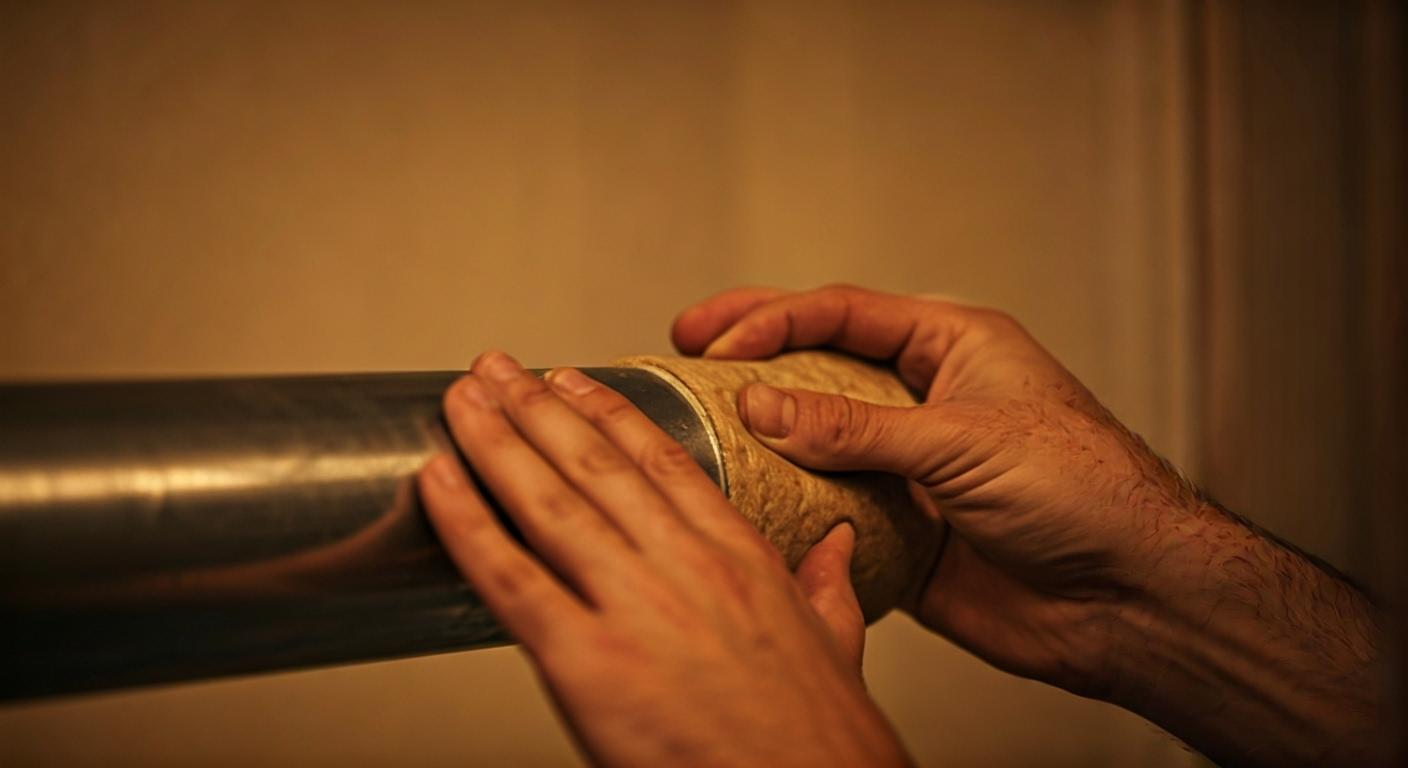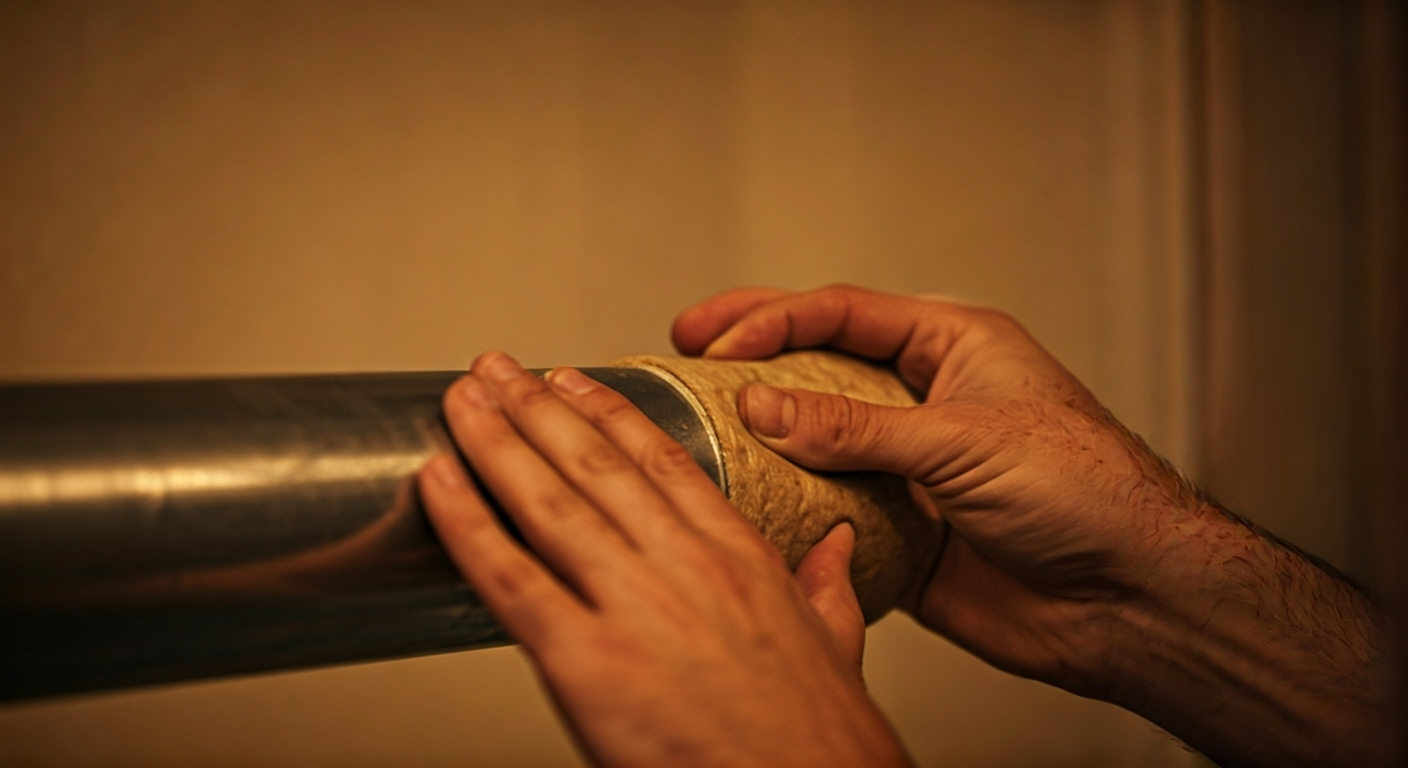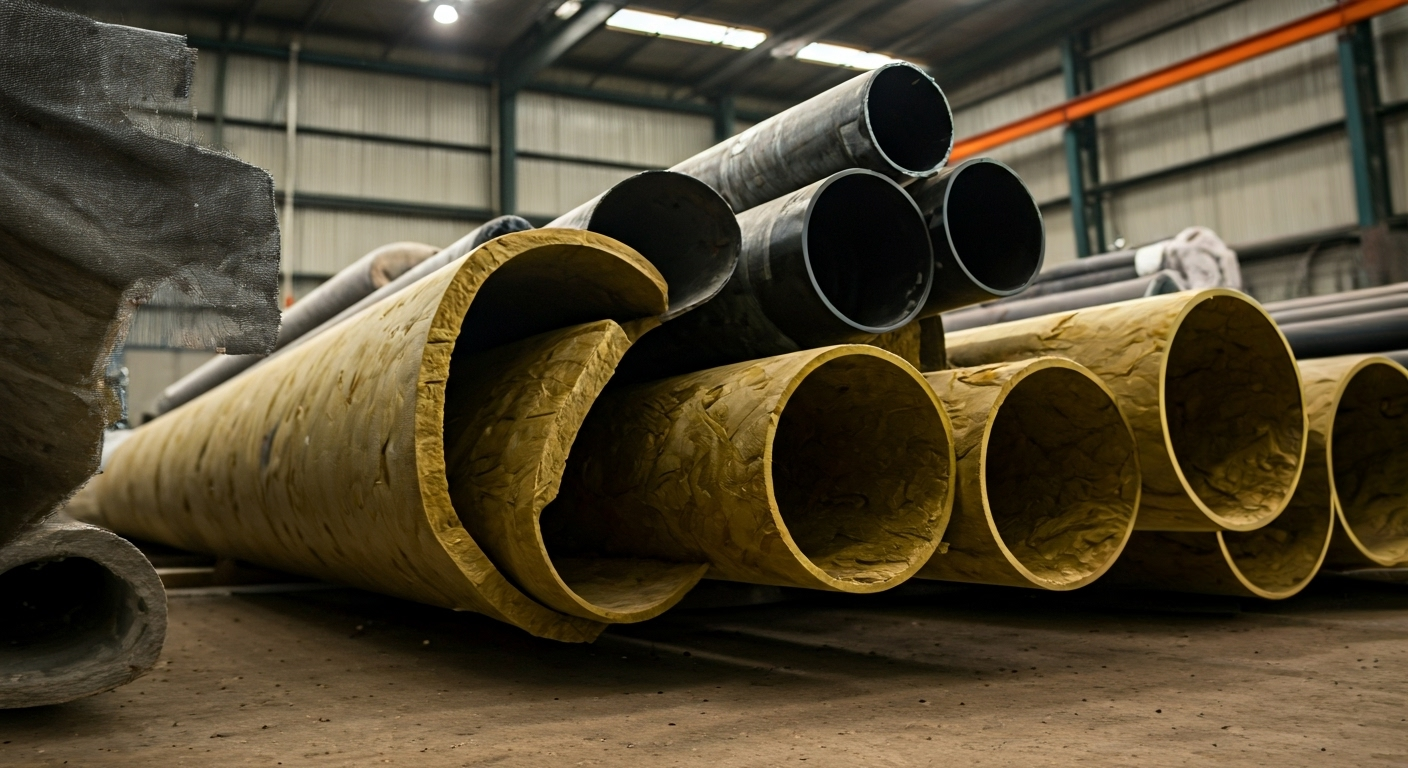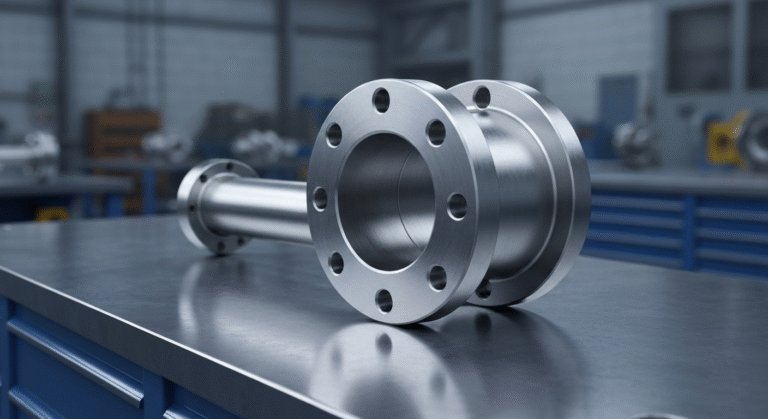-
Yinzhuang Industrial zone,Mengcun county,Cangzhou city,Hebei province,China

Best Insulation Pipe Options for Energy Efficiency

Key Highlights
- Pipe insulation is essential for minimising heat loss and boosting energy efficiency in both residential and industrial applications.
- Fiberglass pipe insulation performs exceptionally well in high temperatures, making it suitable for HVAC and plumbing systems.
- Pipe insulation foam is versatile and durable, ideal for industrial and domestic plumbing applications.
- Managing thermal conductivity helps improve temperature stability and reduce utility costs.
- Premium options like Johns Manville products offer reliable solutions with high insulation durability and robust support for pipe systems.
Introduction
Proper pipe insulation is important if you want to cut down on heat loss and keep things at the right temperature. If you work with plumbing in homes or big businesses, you will find that putting insulation on pipes helps a lot with energy efficiency. The right insulation does more than protect what you have. It can help you save money on your energy bills too. In this blog, you get to learn about some of the best pipe insulation choices across the U.S. You will find out more about top kinds like fiberglass pipe insulation and foam insulation. We will also talk about ways to choose the right insulation pipe for any environment you are in.
Top Types of Insulation Pipes for Energy Efficiency in the U.S.

When you talk about pipe insulation in the US, you often see two main types. These are fiberglass pipe insulation and pipe insulation foam. Each one brings its own set of benefits. One thing you get with both is a way to help with thermal conductivity and energy efficiency.
Fiberglass pipe insulation works very well in places that see big changes in temperature. It keeps heat in where you need it to.
Pipe insulation foam, on the other hand, is light but strong. Many people use it on water pipes or in HVAC systems. Let’s take a closer look at both types so you can see their top features and where they work best.
Fiberglass Pipe Insulation: Benefits and Applications
Fiberglass pipe insulation works well when used in high-temperature places, even up to 1,000°F. Made from tough, tightly packed glass fibers bonded with thermo-resin, it is a good choice for both home and business setups. Brands like Johns Manville and Owens Corning are two big names in the market for this type of pipe insulation.
One good thing about fiberglass pipe insulation is how well it works with pipe supports. This helps pipes stay steady, even when things get really hot. For example, the Micro-Lok HP is one pipe insulation option that holds heat well, and it’s easy for people to cut and put into place.
The ASJ Max jacket on this insulation lets you clean it fast and keeps it looking sharp, so it keeps working and looking good for a long time. No matter if you put it on pipes for a boiler or to keep your HVAC system safe, this fiberglass pipe insulation gives steady performance and over time can help lower costs for energy use.
Foam Pipe Insulation: Features and Ideal Uses
Pipe insulation foam is flexible and works well in many places. You can use it on ducts, PVC fittings, and even AC units. It is tough and lasts a long time. This type of insulation helps stop water damage, and it does not wear out quick.
The foam is light and can be used both inside and outside. It does not bend out of shape easy and can take a knock without breaking. Top options, like TRYMER® PIR, are good for chilled water use. They have low thermal conductivity and do not catch fire easy, with ratings of less than 25/50 in ASTM tests.
Foam insulation can also be used for climate control and to protect plumbing pipes. You can use this in homes and in industrial buildings. When you pick foam, you help your pipes last longer and you save on energy costs for your system.
Key Factors to Consider When Choosing Insulation Pipe
Picking the right pipe insulation takes some thought. You need to look at the type of pipe you have, the weather in your area, and how much you spend on energy. If your pipes get hot, fiberglass is a good choice. Foam insulation is better for pipes that are cold or for pipes in cold places.
It is important to look at shipping as well. You want to be sure the insulation you get can travel without getting damaged. Think about where you will be putting the insulation too. Ask yourself if it is for plumbing work, HVAC, or for outside.
Try to balance how much it will cost with the energy efficiency you need. If you do that, you will get pipe insulation that works well for you.
R-Value, Climate, and Pipe Material Compatibility
Selecting the right insulation depends heavily on its R-value, the climate, and the material of your pipes. The R-value measures the insulation’s resistance to heat flow. Higher R-values are preferable for colder climates and ensure reduced heat loss.
Factor | Importance |
|---|---|
R-Value | Determines the insulation quality; higher is better for extreme temperatures. |
Climate | Warm climates require less insulation; cold climates demand higher efficiency. |
Pipe Material | Match insulation material to pipe type for better thermal conductivity. |
The compatibility with pipe materials, such as PVC, steel, or copper, ensures seamless installation. Combine these considerations for HVAC systems and plumbing applications, enhancing temperature consistency and system reliability.
Conclusion
To sum up, picking the right insulation pipe is important if you want to boost your energy efficiency and save money. Knowing about fiberglass and foam insulation helps you weigh the benefits. You should also look at the R-value and see if the type of insulation works for your weather. When you keep these things in mind, you make better choices that save money over time. The right insulation stops energy from leaking out. It can also make your home feel warmer or cooler, which is good for everyone. If you want to get the most out of your energy efficiency and want top insulation, reach out now for a free talk with us.
Frequently Asked Questions
Which type of pipe insulation is best for preventing energy loss?
Both fiberglass and foam pipe insulation help cut down on heat loss. Fiberglass works best with high-temperature systems. Foam gives good and flexible protection for plumbing and HVAC pipes. When you pick one, think about your own energy efficiency needs and the type of pipe you have. Insulation that meets these needs will help you get the most out of your system.
How does pipe insulation help reduce energy bills?
Pipe insulation helps to keep heat from getting out. It makes energy efficiency better by holding the same temperature for longer. The insulation works because of how it manages thermal conductivity. You will use less energy to heat or cool things, and this saves you money on your energy bills. In the long run, insulation makes the whole system work better, which can give you even more money back over time.
Is pipe insulation necessary in warmer climates?
Even if you live in a warm place, pipe insulation is still very important. It helps save energy by stopping heat loss. Pipe insulation keeps the plumbing working well and stops it from getting too hot. Insulation helps water pipes work better, even in places where the temperature changes a lot.
Can I install pipe insulation myself or should I hire a professional?
DIY work to put foam pipe insulation on is easy to do for small plumbing jobs. But, if you have a bigger or more complex plumbing setup or you need fiberglass insulation, it’s better to call a plumbing expert. The expert will make sure the insulation fits as it should, helps the system work well, and stops any damage that could happen during the work.
How long does insulation pipe typically last?
Durable materials such as fiberglass and foam pipe insulation last a long time when you take care of them. Fiberglass works well in places with high temperatures. Foam is good if you need insulation in a tough space. Both fiberglass and foam help the insulation do its job for years, so you get steady energy savings.
What is insulation pipe and what materials are commonly used for it?
Insulation pipe refers to materials used to reduce heat transfer in piping systems. Commonly used materials include foam, fiberglass, and rubber. These insulated pipes enhance energy efficiency by minimizing heat loss or gain, making them essential for both residential and industrial applications in maintaining optimal temperatures.


